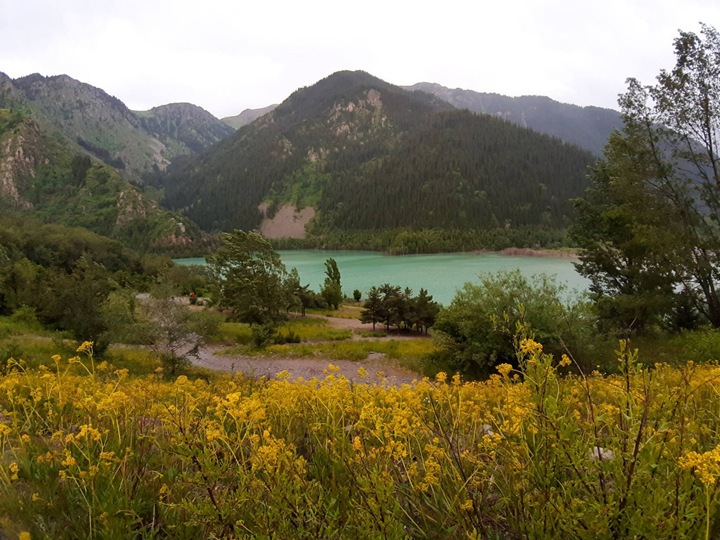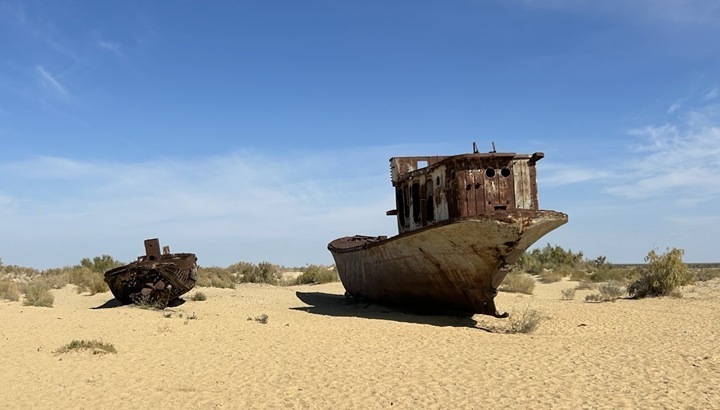Kambar-Ata-1: there is funding, there is no environmental assessment
Major energy projects, including the long-suffering Kambar-Ata HPP-1, were again in the spotlight during the meeting of Kyrgyz Energy Minister Taalaibek Ibraev with the leadership of the Asian Development Bank (ADB) in Manila on June 4, 2025. Despite ADB’s stated readiness to allocate $130-150 million for the first stage of Kambar-Ata-1, environmental safety and public participation issues remain without clear answers. The public hearings promised for May 2025 on the final version of the environmental impact assessment (EIA) for Kambar-Ata-1 have not taken place, which causes serious concern.

Against the background of these large-scale plans, the news about the allocation of a grant of $940.8 thousand by ADB for the modernization of the MDM system of Kyrgyz Energy Settlement Center OJSC looks almost routine. The digital transformation of the energy sector is certainly important, but it should not obscure the fundamental environmental risks associated with giant hydropower construction projects.
Rehabilitation of the Toktogul HPP is also continuing: three hydroelectric units have already been commissioned, the fourth is expected by the end of 2025, which will give an increase of 240 MW. However, Minister Ibrayev is already proposing that ADB launch a new, even more ambitious project – the rehabilitation of the Kurpsai HPP (800 MW) with a 20% increase in the capacity of hydroelectric units. The financing of this project will be considered by ADB only after the completion of the feasibility study, which leaves room for questions about its comprehensive assessment, including environmental.
A similar rush can be traced in the modernization project of the Uch-Korgon HPP. With planned completion by the end of 2027, accelerated rehabilitation of two more units is being discussed from the spring of 2026 due to the current shortage of electricity. The desire to increase capacity as quickly as possible is understandable, but should not be achieved at the cost of ignoring potential environmental consequences and proper risk assessment.
Even the successful pilot project of a solar power plant at HPP-5 (JSC “Chakan HPP”) with a capacity of 100 kW, which is now planned to be expanded to 15 MW, covering the entire surface of the reservoir with photovoltaic panels, raises questions about the speed of implementation. ADB has agreed to fully implement this project, but the timing and environmental aspects of such a large-scale coverage of the water surface remain unclear.
The Ministry of Energy of the Kyrgyz Republic also expressed its readiness to discuss with ADB projects for the construction and modernization of network infrastructure, a list of which will be provided if the bank is interested.
The central topic of the negotiations, of course, was the Kambar-Ata HPP-1. The Kyrgyz side reiterated the need for “significant investments, modern technologies and reliable partners,” seeing ADB as a key player. It is proposed to involve the World Bank, agree on a roadmap and discuss financing conditions. At the same time, despite ADB’s preliminary agreement to consider allocating $130-150 million for the initial stage, the fate of the project and its impact on the region’s ecosystem remain vague. The lack of dialogue with the public on EIA only exacerbates these concerns.
The parties agreed on a new meeting in Kyrgyzstan, but the main question is whether proper environmental expertise and transparency will be ensured in the implementation of these ambitious energy initiatives, especially Kambar–Ata-1, remains open.
Alexander Eskendirov (Rivers.Help!)
Original (in Russian): Камбар-Ата-1: финансирование есть, экологической оценки нет


